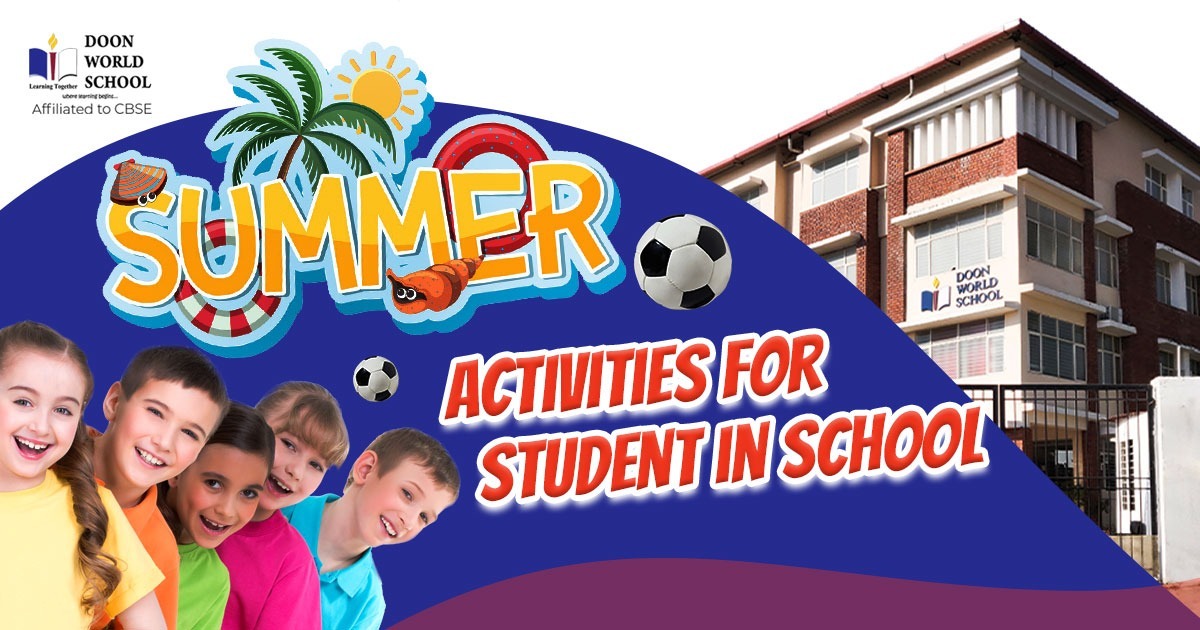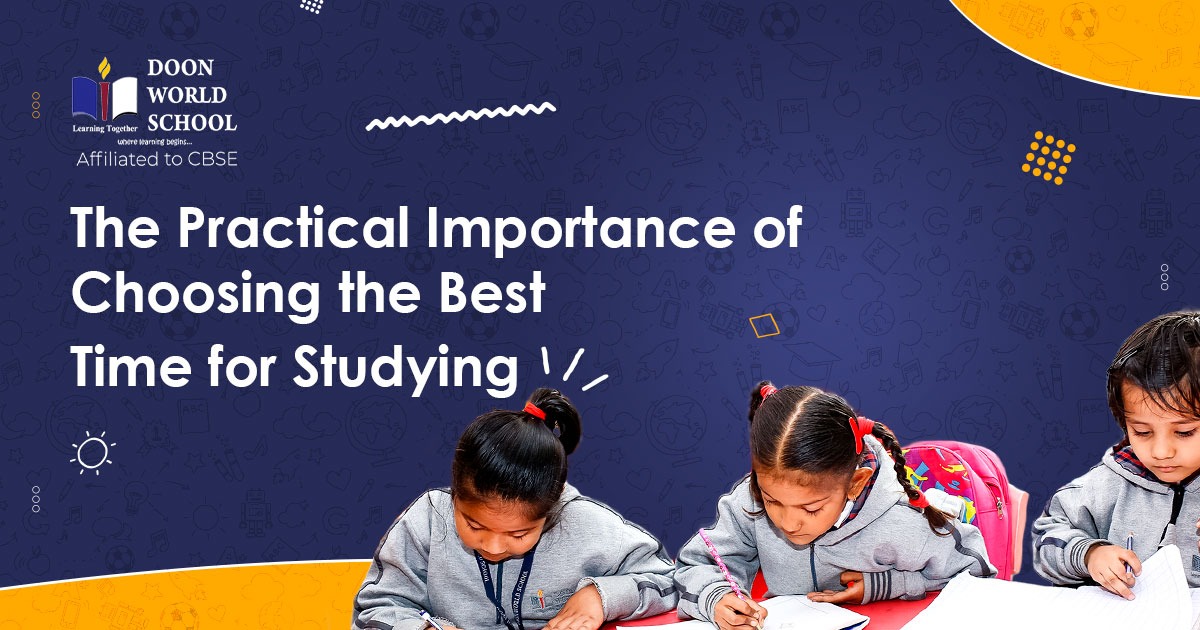
Five Different Ways to Enhance the Standard of Education in Schools
The education sector is currently faced with a number of difficulties, and significant advancements must be made in the educational field to increase the performance and growth of the sector as well as enhance the standard of education in schools.
On that note, today’s blog highlights the essential components that must be addressed in order to develop a successful improvement strategy for enhancing the standard of education in schools.
Getting Past Obstacles in the Education Sector
The different issues that the education sector faces in today’s globalized world are unimaginable. To address these difficulties, educational institutions and industrial participants can use a variety of solutions.
They may build educational partnerships, provide individualized learning and training, adapt to new technology, successfully use information systems to cut costs, give customized or specialized training, and provide more open or low-cost access to educational resources.
Apart from all these strategies, let’s take a closer look at some of the other measures that can be undertaken as well:
Higher Standards
The educational structure’s policies and programs should be established to strive for higher accomplishment criteria and goals. Standards are official documents that set consistent educational criteria, techniques, processes, and practices through an established consensus process.
Standards should be developed and implemented in accordance with the guiding principles of openness, balance, consensus, and due process in order to meet technical, safety, regulatory, societal, and market needs, as well as to serve as catalysts for technological innovation and global market competition.
The implementation of standards will benefit both students and their faculty mentors as they confront various problems, and it will assist students in understanding and assessing what they are striving for and where they are headed.
Greater Accountability
Institutions, instructors, and managers are the individuals who offer pupils instructions, curriculum, and demonstrations, thus paving the road to their success. There should be an accountability framework in place that rewards institutions that achieve exceptional achievements while penalizing those that do not.
In summary, establishing accountability in public or private education is extremely difficult. However, strategies like – enhancing the client’s voice, enhancing management, giving clients greater information, outlining roles and duties, and raising incentives and penalties might turn out potential approaches for enhancing accountability.
Parental Participation
Overall, research has repeatedly demonstrated that parental participation in children’s schooling improves students’ success. Most youngsters have two primary educators in their lives: their parents and their teachers.
Up until the kid enters an early childhood program or begins school, parents serve as the child’s primary instructors, and they continue to have a significant impact on their learning both during and after school.
When schools and parents collaborate, children succeed more. And for this to happen, schools may establish their expectations of parents and communicate with them on a regular basis about what their children are learning.
Additionally, schools can give opportunity for parents to engage with school officials about their involvement in their children’s education through home visits, family dinners, and well-planned parent-teacher conferences and open houses, as well as request frequent comments and recommendations from parents regarding the school working system.
Autonomous Structure
Some countries adopt strategies that deviate little from the conventional model of the local or community school in their search for the best educational structure. According to research, transitioning to a more independent school structure results in a considerable enhancement in the overall performance of their kid.
Furthermore, a good system provides an autonomous structure for schools to freely pick their framework and the resources needed to accomplish it.
Adapt to Emerging Technologies
If educational institutions wish to stay competitive, they must adapt to emerging technology. Technology has become an essential component of every student’s learning experience, and educational institutions must provide the most up-to-date technology.
Some of the advantages of using information technology in education include – increasing scientific, economic, technological, information, and multicultural literacy and global awareness, encouraging inventive thinking, developing effective communication skills, instilling personal, social, and civic responsibility, and eventually leading to high productivity.
It also offers pupils the impression that they are utilizing real-world tools to produce effective, relevant, and high-quality results. Students will be lured to organizations or universities that can keep up with technological developments. The usage of modern technology and equipment will enhance the learning experience while increasing productivity.
Conclusion
It is true that enhancing the standard of education in schools is a significant investment. But if the Indian education system starts taking these arguments seriously, we will be able to compete with the top education systems in the world.
After all, it is critical that we, as a country, begin to elevate education beyond the substandard level that we have been accustomed to and view education holistically.



